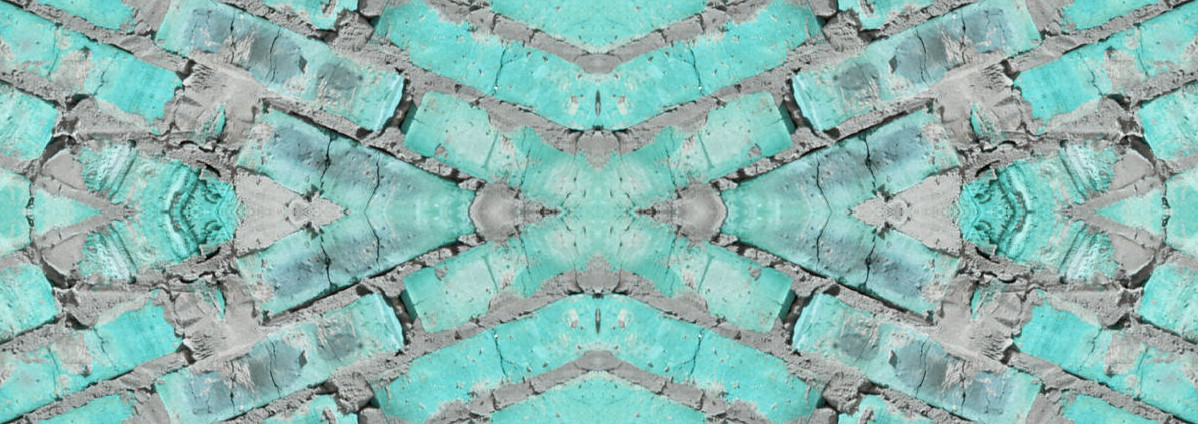Other causes of dyspareunia
Pain with sex
There are many causes of dyspareunia (painful sex) that are not classified as vulvodynia. For the most part, these conditions are not considered vulvodynia because a known cause for the vulvar pain has been identified. I’ve chosen to focus my efforts on vulvodynia because it is, unfortunately, under-diagnosed and the research on how to treat it is sadly limited.
However, I want to provide a short list of other possible causes of sexual pain to consider:
Infection - Infections often cause acute (immediate, short-term) inflammation while the immune responds to the invading pathogen. Additionally, some pathogens have mechanisms to directly damage host tissue. Infection of the vulva or other pelvic organs, e.g. bladder, could cause pain. Most likely, this pain will not be limited to sexual activity. Infections, in theory, should be easily diagnosed and treated, and the tissue should heal.
Trauma / Injury - Similar to infections, any injury or trauma could cause damage and inflammation and be painful. Again, the pain will not likely be limited to sexual activity.
Menopause - Menopause is considered an identified cause of vulvovaginal pain and therefore is not classified as vulvodynia (which is specifically chronic vulvar pain of unknown cause). However, I find this confusing because the symptoms and biological process of hormone deprivation are very similar to hormonally mediated vestibulodynia. The conditions are often discussed simultaneously and are treated very similarly.
Structural abnormalities - I don’t have detailed information about what types of conditions fall into this category; I can assume that it refers to any noticeable or identified abnormality. This is likely not considered vulvodynia because a cause has been identified, however, I could imagine that a woman with an unidentified structural problem could have “chronic vulvar pain with unknown cause” before being diagnosed.
Endometriosis - Endometriosis is often associated with deeper vaginal pain upon penetration. Note that women suffering from chronic pelvic pain from endometriosis could also have pelvic floor dysfunction.
Reference
Bornstein J, Goldstein AT, Stockdale CK, Bergeron S, Pukall C, Zolnoun D, and D Coady. 2016. 2015 ISSVD, ISSWSH, and IPPS Consensus Terminology and Classification of Persistent Vulvar Pain and Vulvodynia. Journal of Sexual Medicine 13(4): 607-12. https://www.ncbi.nlm.nih.gov/pubmed/27045260
